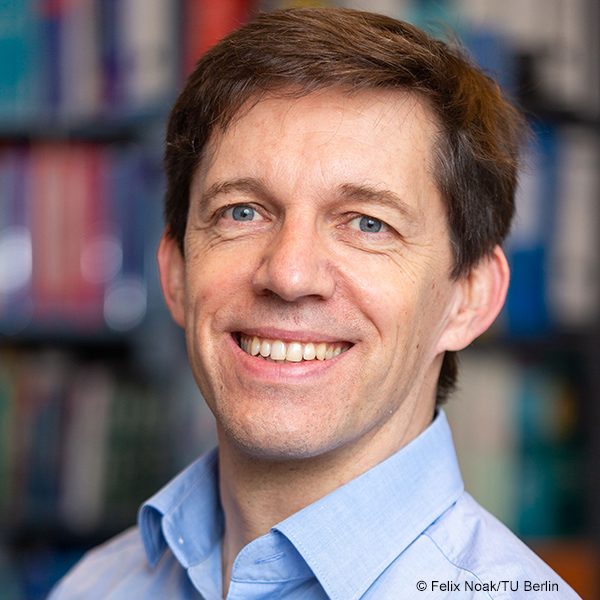Replace, Reduce, Refine – More ethics in animal testing for tomorrow’s medicine

Jens Kurreck is Professor of Applied Biochemistry at the TU Berlin. His specialty is the bioprinting of organ models. At the Einstein Center 3R, he is responsible for the area of communication. The Einstein Center 3R, funded by the Einstein Foundation, tries to strengthen the 3R principles (Replace, Reduce, Refine) for animal experiments in biomedical research. “Replace” stands for the replacement of animal experiments with alternative methods, “Reduce” means the reduction of the number of laboratory animals through effective experimental design and “Refine” means the improvement of conditions for laboratory animals when animal experiments are necessary. We spoke to Professor Kurreck about the work of the center and the status of research in the field of 3Rs in Berlin.
What are the goals of the 3R Center and what are the main research areas?
The center is formed from the collaboration of groups from almost all biomedical research institutions in Berlin. We have three major subject areas – on the one hand, communication, which is about objectifying the emotional debate about animal experiments. A second block is training, i.e. we want to introduce young scientists to the 3R principles. The third field and core of the center is the research network with six research and two cross-sectional projects that focus entirely on the “Replace” aspect of the 3Rs. The projects mainly work on 3D organ models, 3D organoids and similar for all human organs. We then make the results available for research.
How well do you think 3R techniques are already being implemented in clinical research?
As far as the models are concerned, we are still very much in the development phase. Accordingly, the models are not yet widely used in research. I can’t really judge this for companies, because, as far as this is concerned, they are not as transparent as scientific institutions. However, when we talk to pharmaceutical companies, we notice that there is a great deal of interest. For example, almost 90 percent of all drug candidates that have been tested preclinically in animal experiments later fail in clinical trials. Often due to unexpected side effects or lack of efficiency. The reason for this is usually that the animal results cannot be fully transferred to humans, which is why pharmaceutical companies are becoming increasingly open to the models.
Where do you see the biggest hurdles in establishing 3R techniques in everyday research?
To do so, you have to differentiate between the 3-Rs in terms of their requirements. With better conditions, i.e. “Refine”, higher costs are a hurdle, for example, in which the animals should be given more space. The most important point remains, however, the substitution – “Replace”. Another hurdle here is that the models are still under development and are not yet suitable for some research concerns, so further development is needed. Another hurdle is the research paradigm: Everything that works well in the 2D cell model is then tested further in the animal model – this is currently the safest way and therefore the standard. In order to remove this hurdle in particular, future research on models must show that human-relevant physiological answers can also be offered here, which may even be better than animal experiments in some respects.
How can interested parties participate with you?
On the one hand, we have project funding, in which we will probably include new projects, for example, in the coming year. On the other hand, you can also become an associated member with us if your work fits with the center thematically. Interested companies or other organizations can just send us an email.
How well is the capital region positioned in the area of 3Rs?
I would say very well. Although many animal experiments are carried out in Berlin, there is also intensive development towards alternative methods. For example, the graduate college BB3R has existed at the Freie Universität for much longer than the Einstein Center 3R, the Charité also has an internal funding program for 3R and in the future, animal-free and human-relevant research will also take place in the research building “The Simulated Human”, a cooperation between the Charité and the TU Berlin. This list is not exhaustive, but overall Berlin offers a large environment of researchers with whom one can cooperate in the field of 3Rs.
Related links:
- Einstein Center 3R https://www.ec3r.org/en/
- Graduate college BB3R https://www.bb3r.de/en/index.html
- Research building “The simulated human” https://www.si-m.org/



